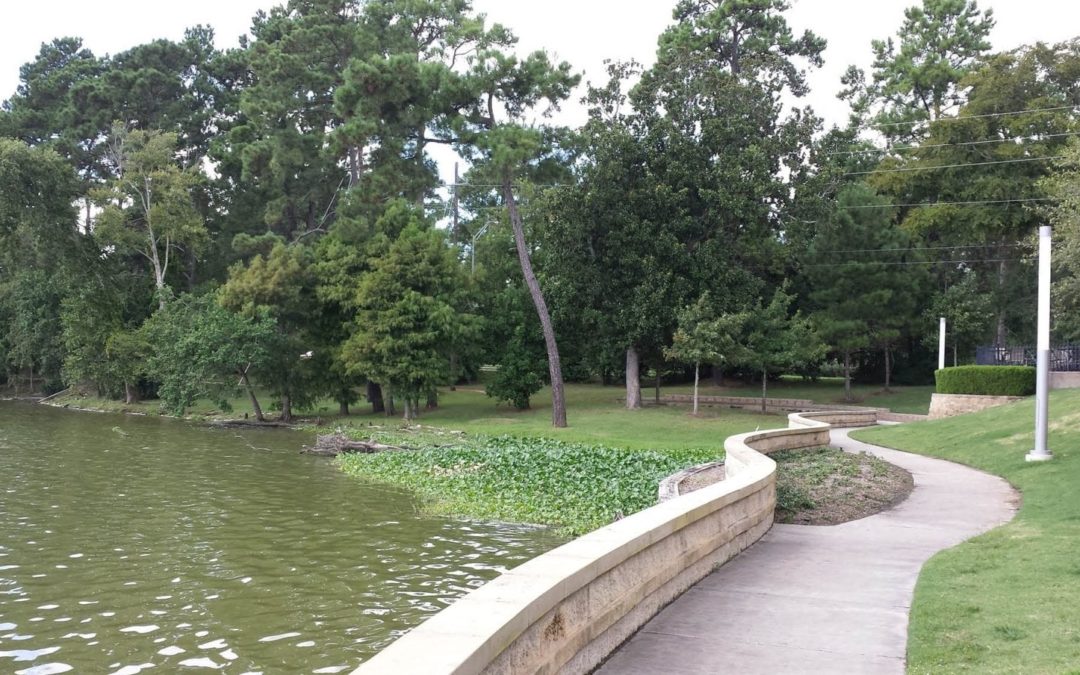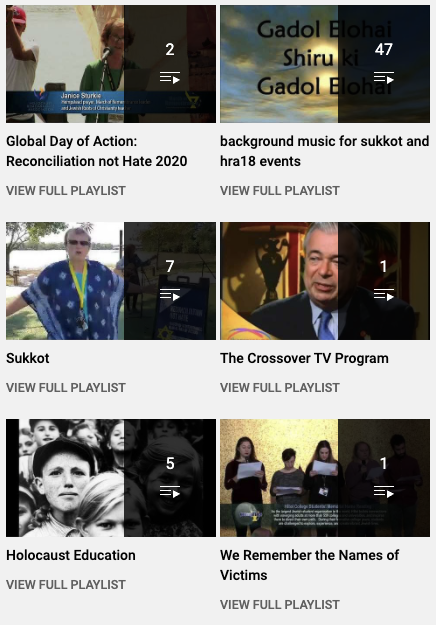We are pleased to announce that, after many months of collaboration with advisors, city officials, engineers, and a well-established landscape architect, the Holocaust Garden of Remembrance has transitioned from a conceptual plan to a defined project that can be permitted and constructed. The initial concept included art work, benches, a gate, a trail, and landscaping; these elements have been included in the present architectural design. However, about six months into the project, a local landscaper suggested the idea of “pocket exhibits” along the trail. This idea immediately led to the planning of eight individually-themed pocket exhibits corresponding to a time line from pre-war to post-war, with personal stories of survivors and rescuers to be featured in each pocket.
Additionally, in order to further this project’s goal of educating the public, specifically children and students, about the lessons to be gleaned from the Holocaust, a definitive decision was made to establish this Garden with a focus on children, and to render the experiences of real people in a historical context that children will easily process. Rescuer stories will be included with survivor stories in an effort to demonstrate that there is hope in the wake of tragedy and sorrow, and that beauty can be grown even from ashes.
As a result, the website will feature curricular materials appropriate to each grade level – educational materials on the Holocaust that can be easily used by parents or by classroom teachers. Since the site itself is located adjacent to family-oriented restaurants with a small outdoor concert venue, the exhibits themselves will be more evocative than explicit. The more horrific details of the Holocaust will be available in the age-appropriate curricula online, but will not be spelled out in the Garden area itself. For example, larger-than-life replicas of children’s toys of the era will be installed along the trail; clearly, a parent or teacher would recognize these toys as abandoned when children were transported to the camps, but a three-year-old would be able to connect without experiencing anxiety.
The Holocaust Garden of Remembrance will convey a sense of hope for the future as people learn the importance of taking a stand — being an upstander – in the face of injustice and persecution. Throughout the Garden, the Hebrew letter ח will be hidden for children to find; that letter signifies chai, or life. Garden visitors will be encouraged to find life and hope as they visit each exhibit. As visitors exit each pocket exhibit, they will be asked a relevant question that will provoke them to consider how they would respond to specific situations. The ultimate goal is to motivate visitors, and particularly the younger generation, to recognize the signs of impending genocide, to choose to stand up in the face of injustice, and to say, “Never again!,” to persecution, prejudice, and indifference directed against any people group.

